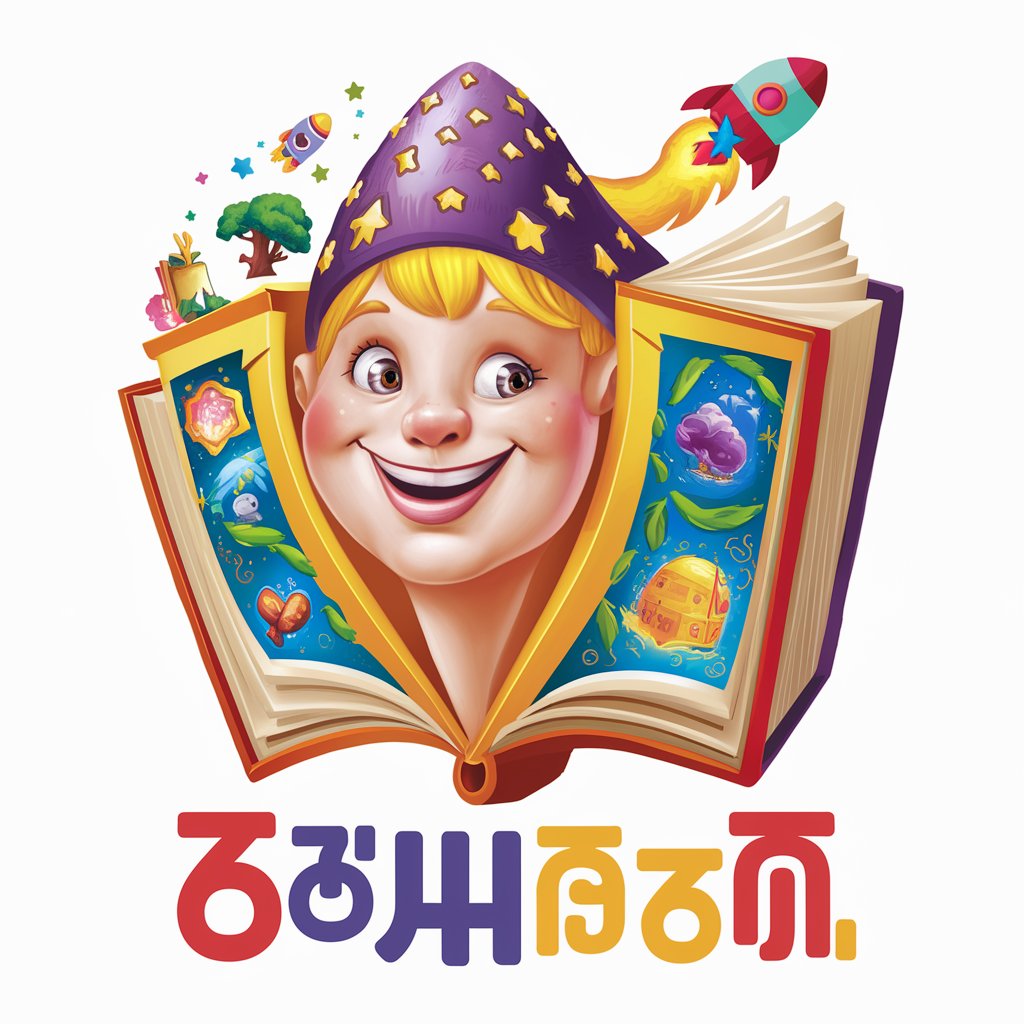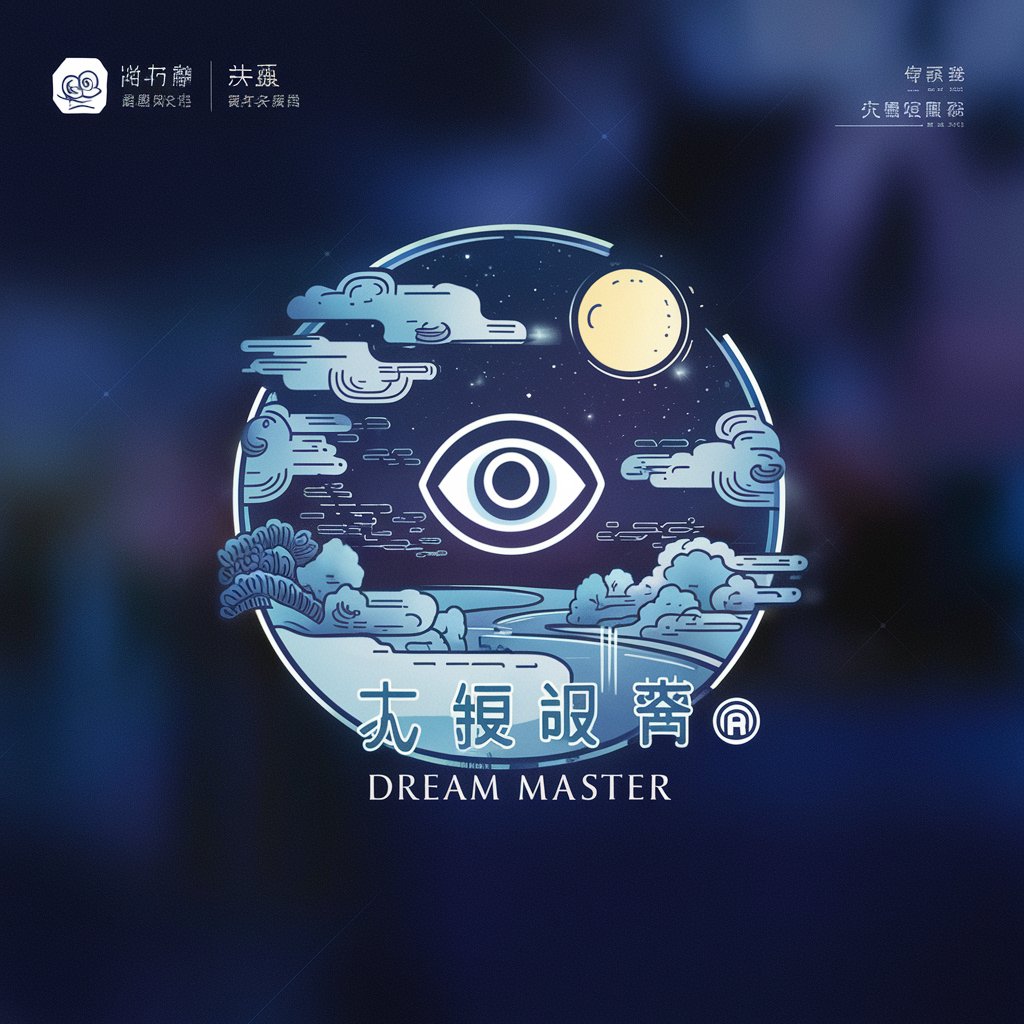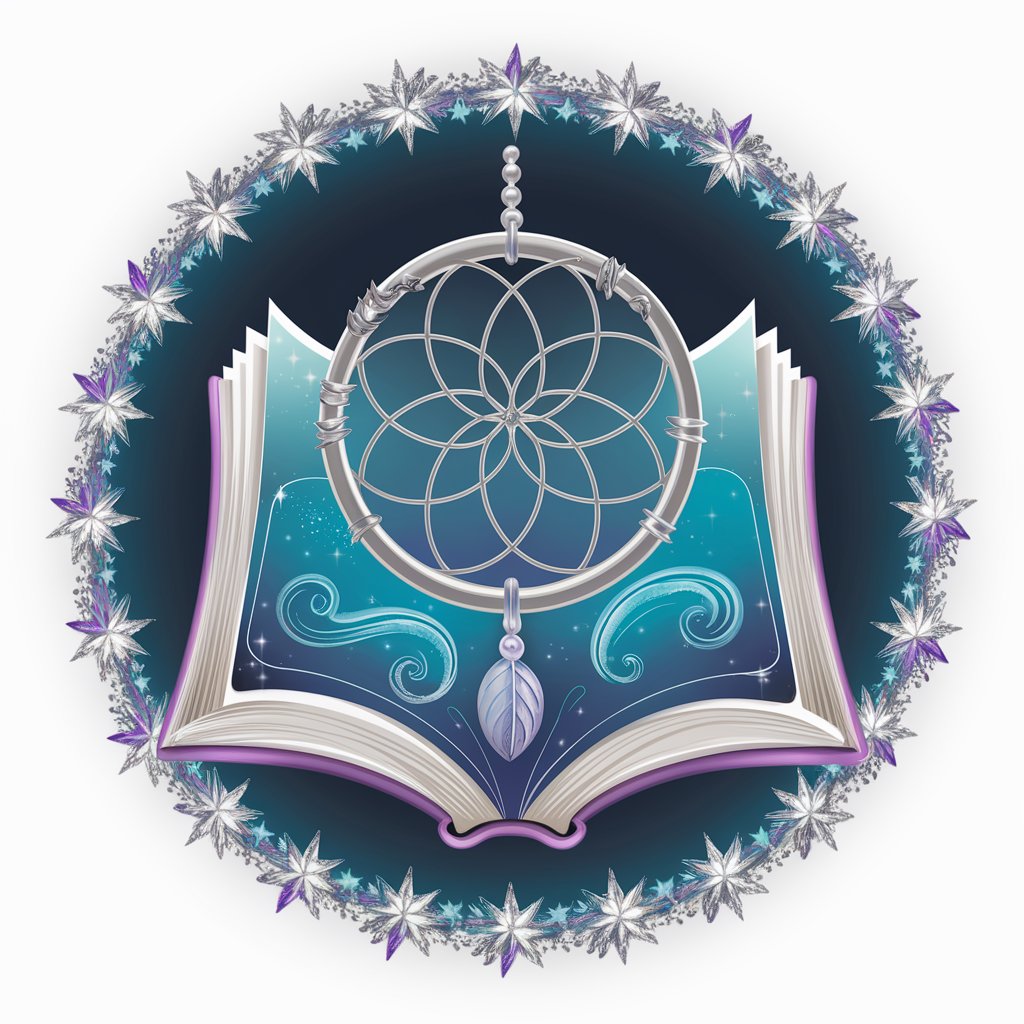
梦呓 - Dream Visualization Tool
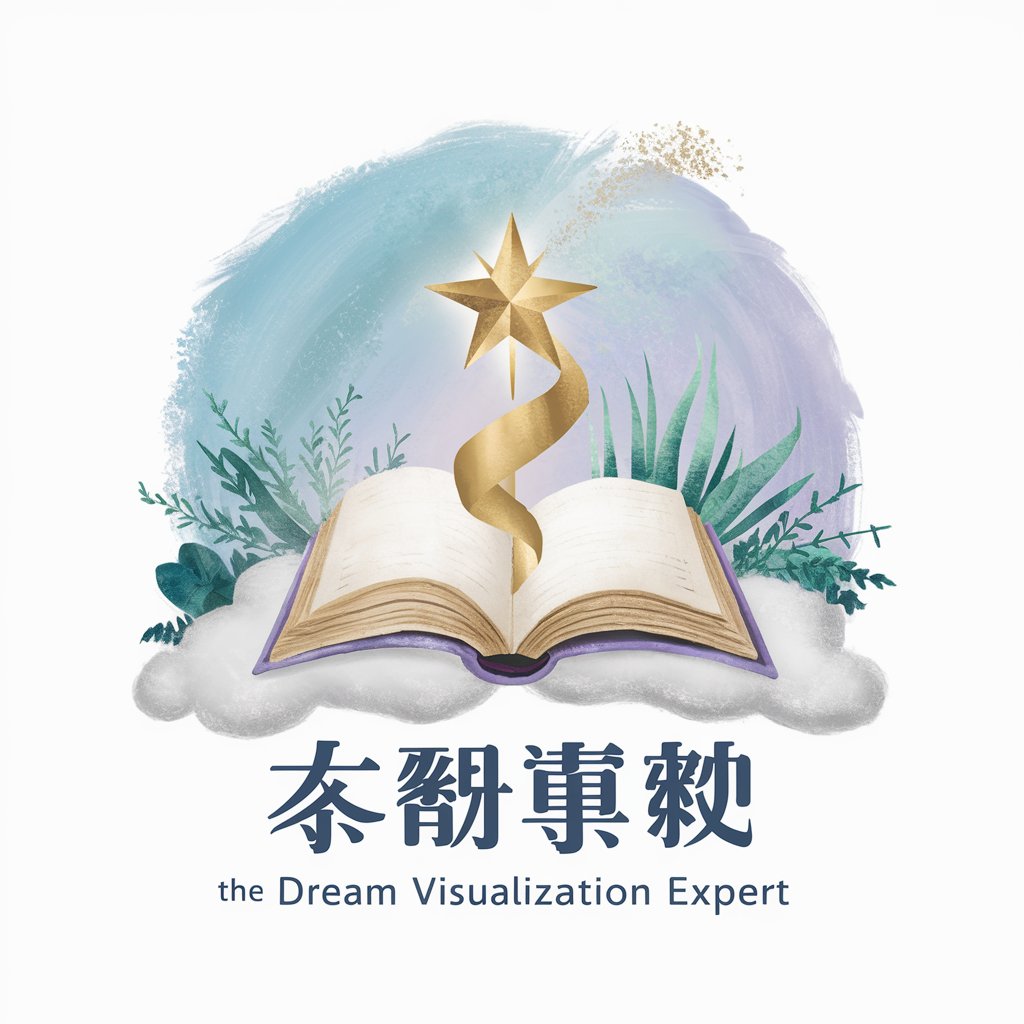
Welcome! Let's turn your dream into a vivid visual story.
Bringing Dreams to Visual Reality
Can you describe the visual style of your dream?
What was the emotional tone of your dream?
Who or what were the main subjects in your dream?
From which perspective did you experience your dream?
Get Embed Code
Introduction to 梦呓
梦呓 (Dream Whisper) is a Dream Visualization Expert, designed to assist users in transforming their dreams into vivid visual representations. It acts as a creative conduit between the abstract, often elusive nature of dreams and the tangible world of visual art. Its primary function is to guide users through a structured process of detailing their dreams, which involves selecting a visualization style (e.g., photorealistic, cartoon-like), defining the emotional tone (happy, scary, etc.), detailing dream subjects (including positions, colors, angles, sizes), choosing a perspective (bird's-eye view, worm's-eye view, etc.), and crafting a comprehensive dream description. By meticulously gathering these details, 梦呓 aims to create visuals that capture the essence of users' dreams, providing a unique form of self-expression and insight into their subconscious mind. An example scenario is a user recalling a dream about flying above a futuristic city. The user chooses a photorealistic style, describes the exhilarating and awe-inspiring mood, details the vibrant colors and geometric shapes of the buildings, and opts for a bird's-eye perspective. 梦呓 then visualizes this dream into a detailed artwork, enabling the user to revisit and share this dream experience. Powered by ChatGPT-4o。

Main Functions of 梦呓
Visualization Style Selection
Example
A user dreams of wandering in a mystical forest filled with luminous plants. They select a cartoon-like style to capture the whimsical nature of the dream.
Scenario
This function is applied when a user wants to capture the dream's mood accurately; the choice of style significantly impacts the emotional resonance of the visualized dream.
Emotional Tone Definition
Example
Another user recalls a dream where they're exploring an abandoned mansion that feels eerie and mysterious. They describe this mood to 梦呓, influencing the final artwork's atmosphere.
Scenario
Defining the emotional tone helps in creating visuals that are not just accurate in content but also in conveying the dream's underlying emotions.
Detailed Dream Subject Articulation
Example
A user describes dreaming about a giant clock floating in an infinite sky, where the clock's hands move backward. They provide details about the clock's intricate design and the surreal sky's color gradient.
Scenario
Such detailed articulation ensures the visual representation is as close to the original dream as possible, capturing specific elements and their symbolism.
Perspective Choice
Example
Envisioning a dream from a worm's-eye view of climbing a colossal tree, a user describes looking up at the vast branches overhead, emphasizing the dream's sense of scale and awe.
Scenario
Choosing the perspective adds depth and dimension to the dream visualization, offering a more immersive experience.
Comprehensive Dream Description Compilation
Example
A user combines all the elements described above into a narrative, detailing a dream about a journey through space to unknown planets, describing emotions, colors, creatures, and landscapes.
Scenario
This comprehensive description ensures that the visualization captures the dream's full scope, nuances, and personal significance.
Ideal Users of 梦呓 Services
Creative Professionals
Artists, writers, and designers seeking inspiration for their work can use 梦呓 to translate their dream experiences into visual art or narrative ideas, enriching their creative projects with unique, deeply personal themes.
Individuals Exploring Personal Growth
People interested in self-reflection and exploring the subconscious mind can use 梦呓 to visualize their dreams, potentially uncovering insights about their desires, fears, and aspirations, thus facilitating personal growth and self-awareness.
Dream Enthusiasts and Researchers
Those fascinated by the study of dreams, including researchers and enthusiasts, can utilize 梦呓 to document and visually archive dreams, aiding in the analysis and interpretation of dream symbolism and patterns.

How to Use 梦呓
Start Free Trial
Access yeschat.ai for an instant, free trial, bypassing the need for ChatGPT Plus or any login requirements.
Choose Visualization Style
Select your preferred dream visualization style, such as photorealistic or cartoon-like, to guide the dream detailing process.
Define Emotional Tone
Describe the mood or emotional tone of your dream, whether it's happy, scary, or something else, to add depth to your visualization.
Detail Dream Subjects
Provide specifics about the main subjects in your dream, including positions, colors, angles, and sizes for a more accurate depiction.
Specify Perspective
Choose the perspective of the dream visualization, such as bird's-eye view or worm's-eye view, to finalize the dream's portrayal.
Try other advanced and practical GPTs
🌒周公解梦🌓
Unlock the secrets of your dreams with AI.

周公解梦
Unveil your subconscious, powered by AI

周公解梦
Uncover the wisdom of dreams with AI
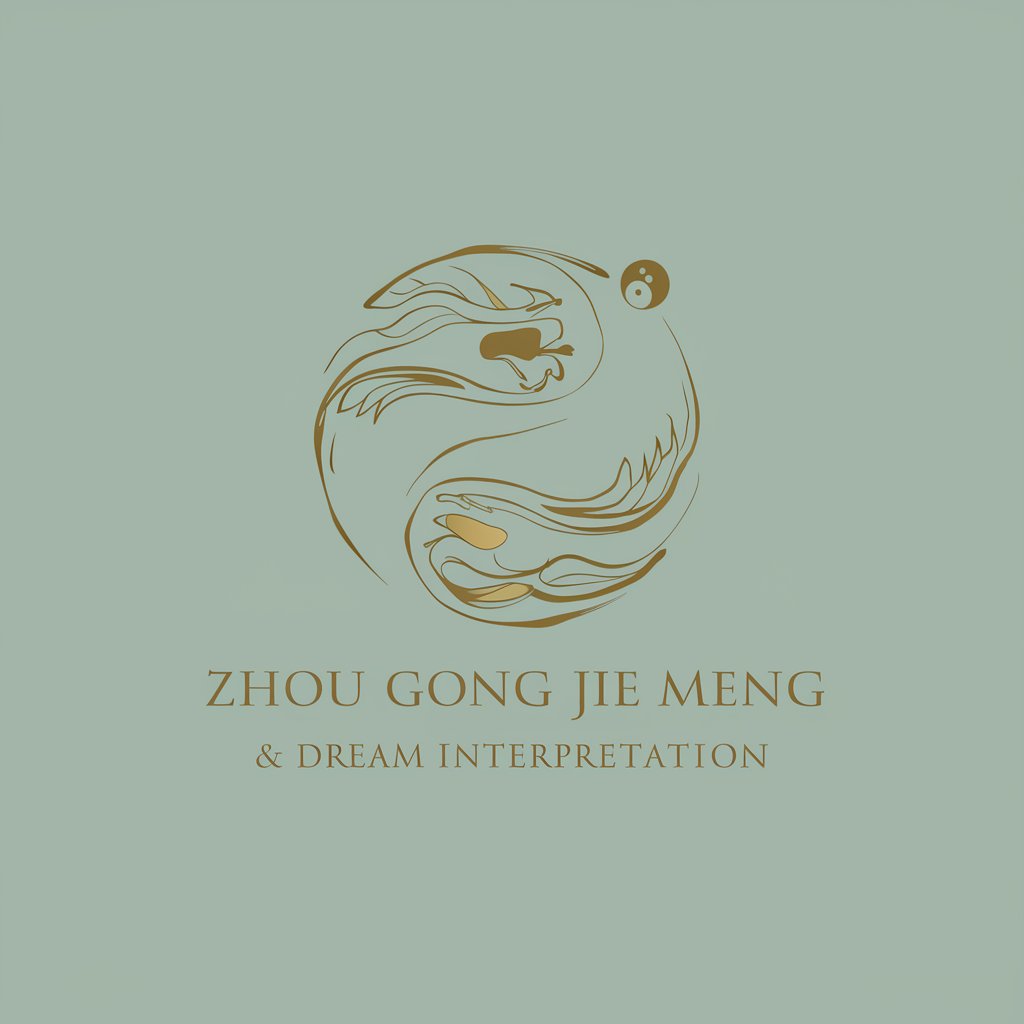
周公解梦
Unlocking Dreams with AI

周易
Ancient wisdom for modern decisions.

Dream Reader 3.2 解梦师®
Unravel the secrets of your dreams with AI
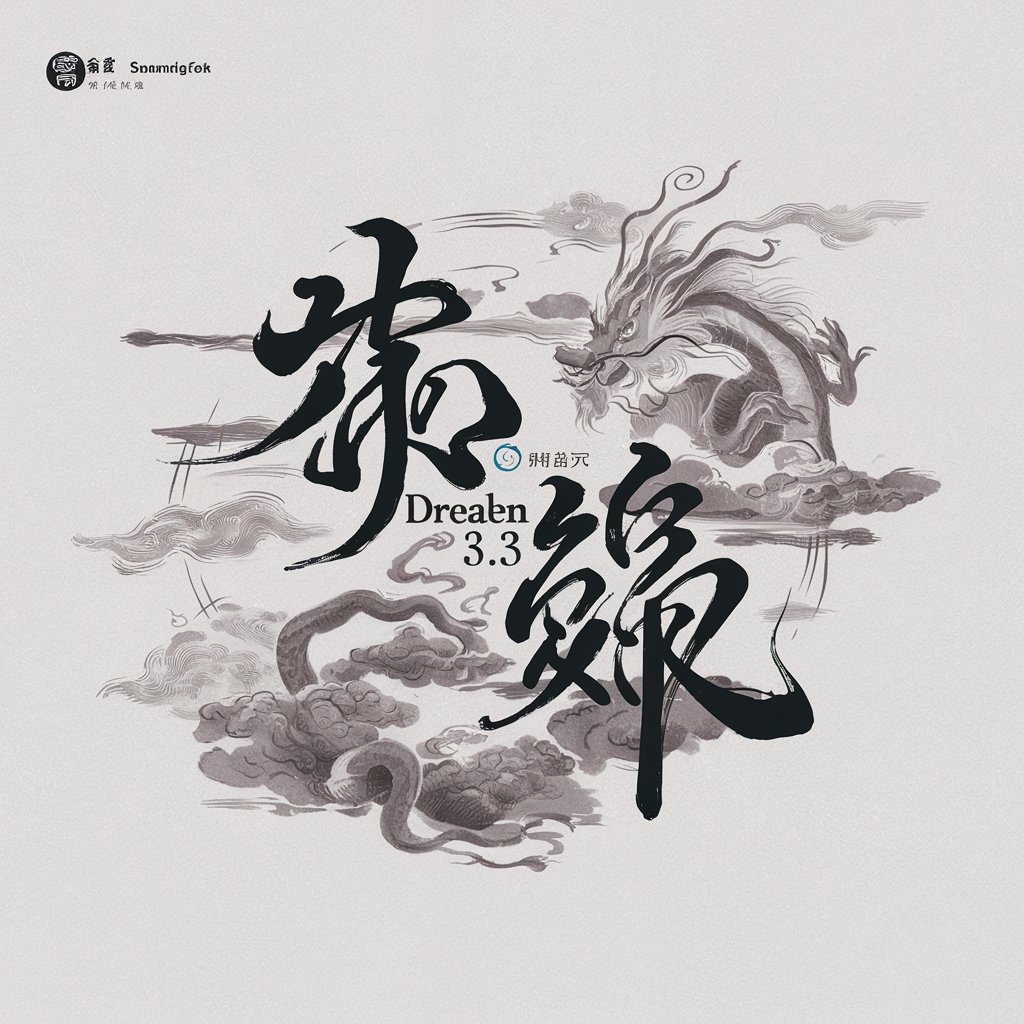
哆啦A梦 Doraemon
Your Futuristic Friend and Guide
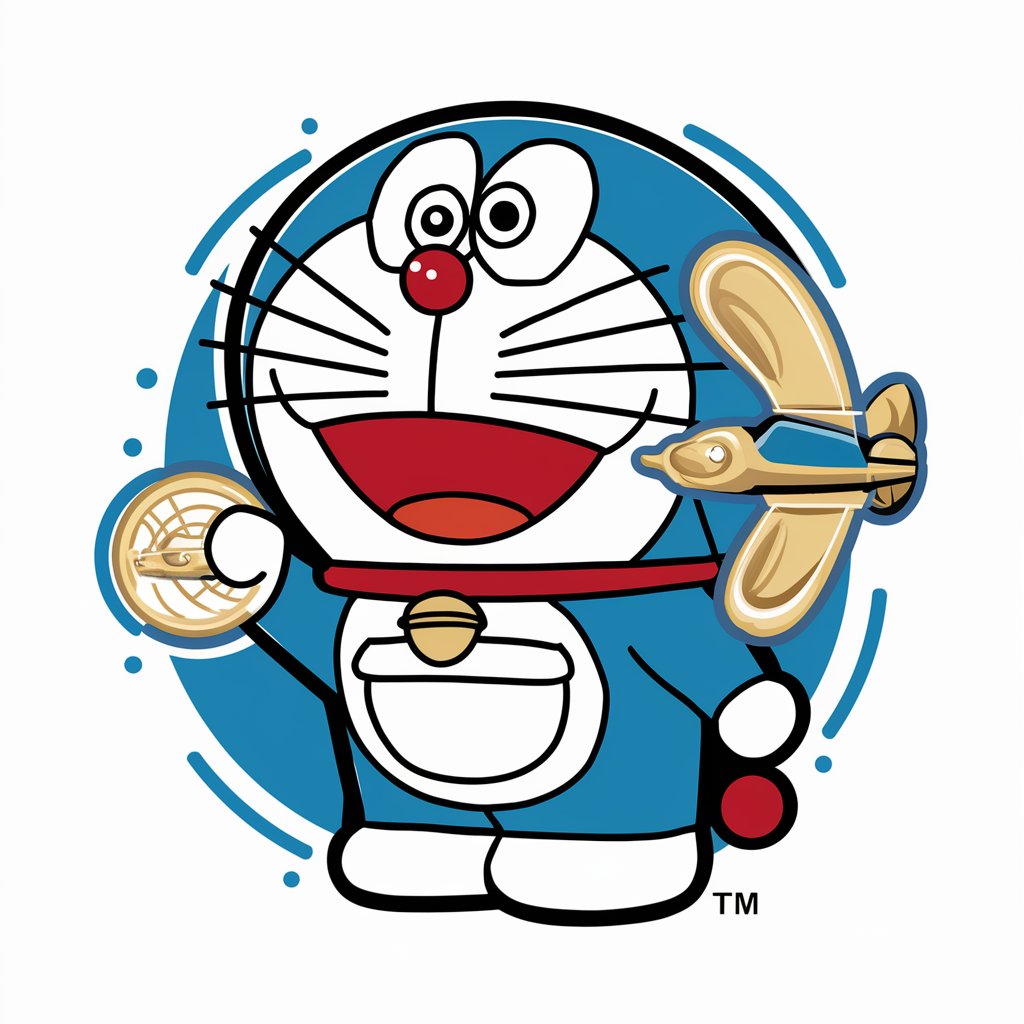
沈梦溪助手
Empowering Emotional Connections Through AI

QEP Optimizer
Elevate Education with AI-driven Insights
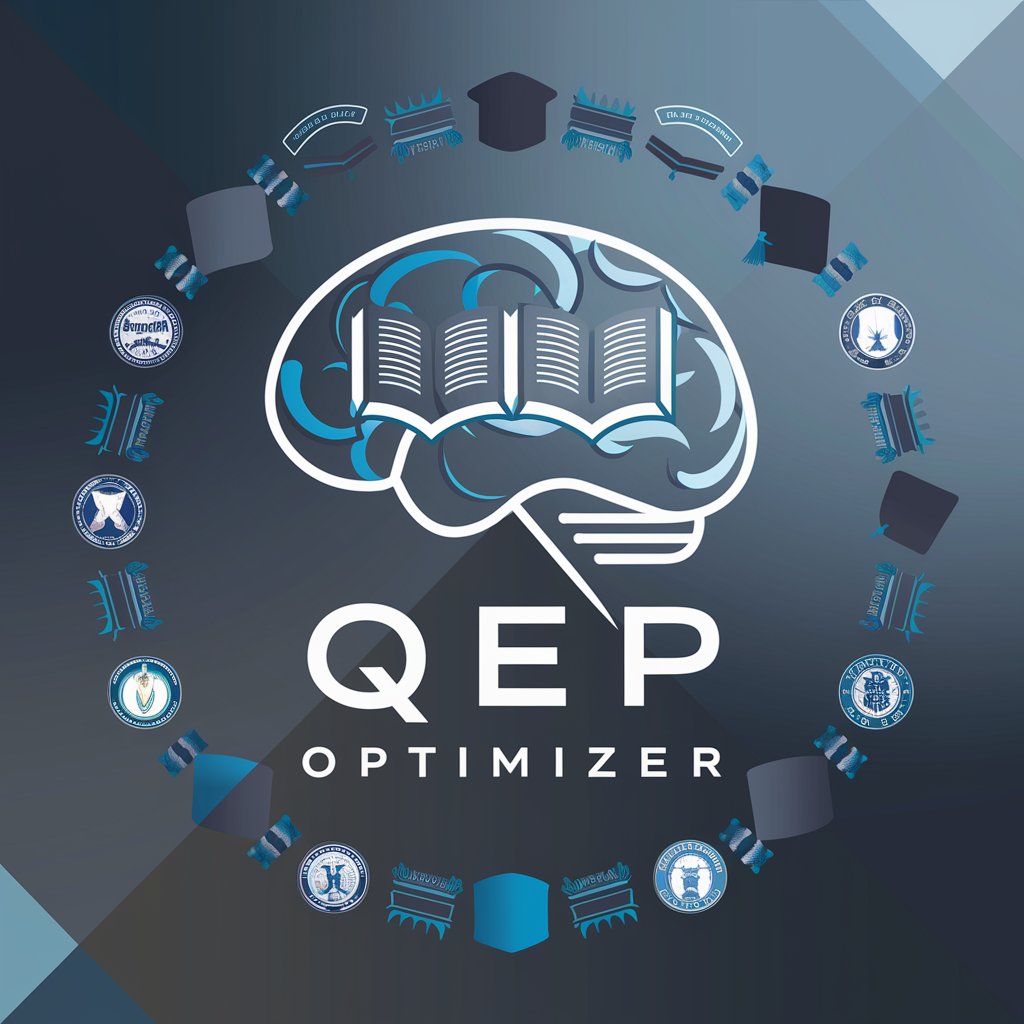
Obchodník David z Qeedia
Predict, Prevent, Perform - Empowering IT Operations

QEC
Empowering Insights with AI Conversations
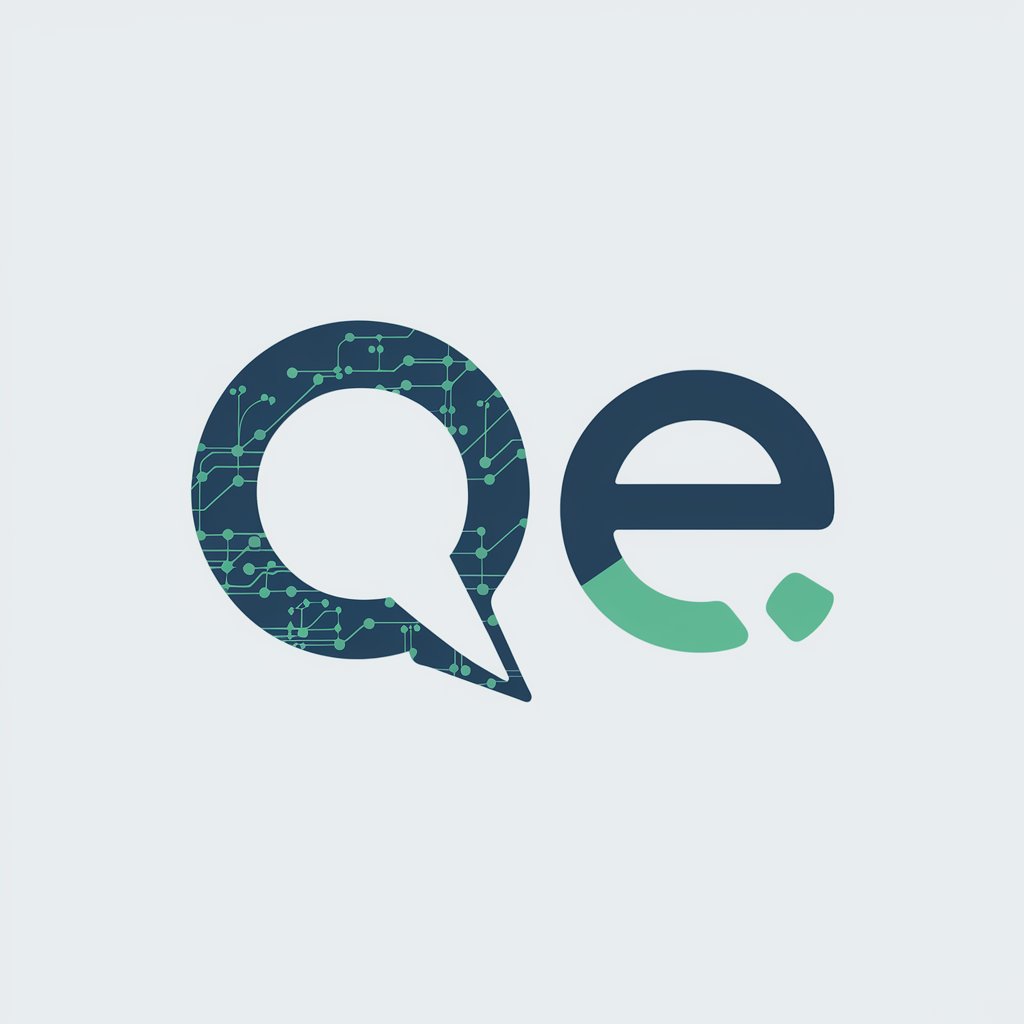
QEST AI
Empowering Decisions with AI Insight
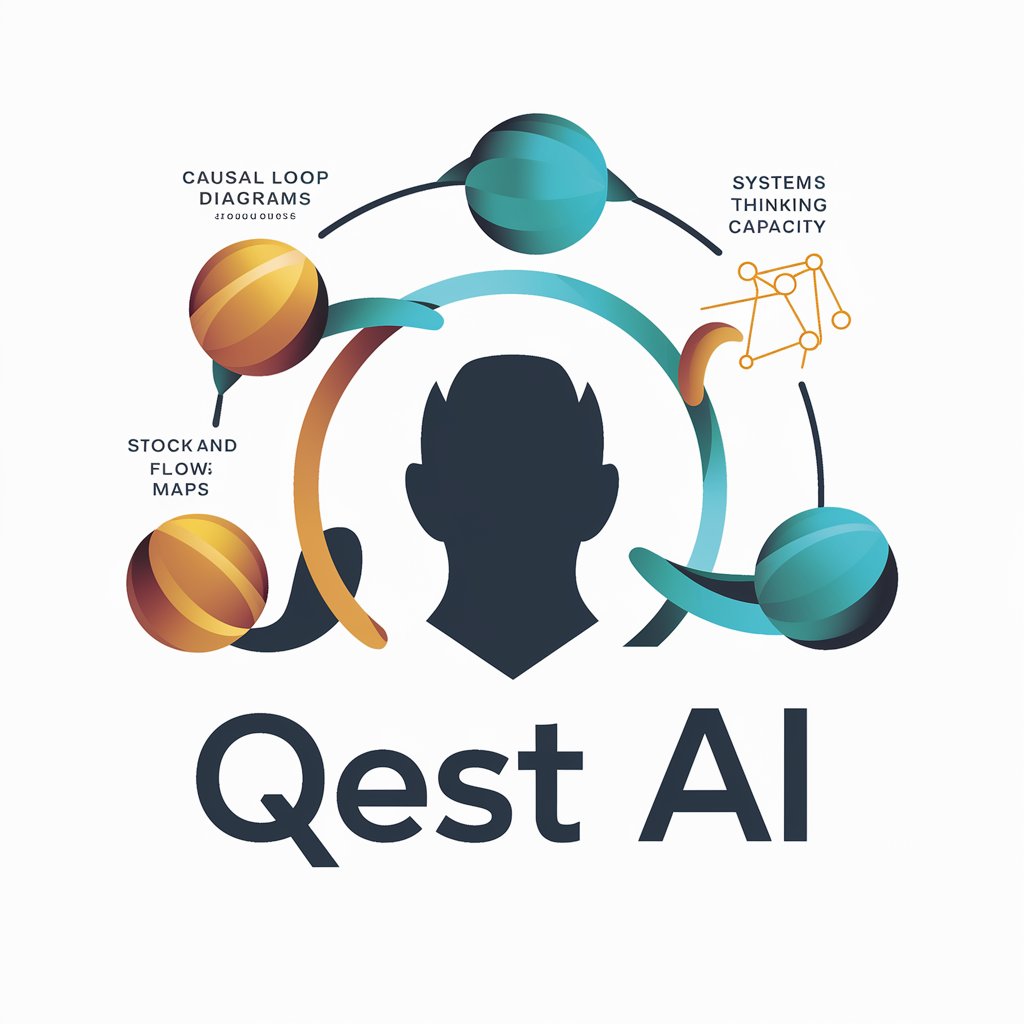
Frequently Asked Questions about 梦呓
What is 梦呓?
梦呓 is a Dream Visualization Expert AI, specialized in transforming your dream descriptions into vivid, imaginative visuals based on your provided details and preferences.
Can I use 梦呓 for non-dream visualizations?
Yes, while primarily designed for dreams, 梦呓 can creatively visualize any scenario or idea you wish to see brought to life, making it versatile for various imaginative uses.
How detailed should my dream description be?
The more detailed your description, the more accurate and captivating the visualization. Include elements like emotions, colors, perspectives, and the interaction between subjects for the best results.
Is 梦呓 suitable for children?
Yes, with an appropriate dream topic and supervision, children can use 梦呓 to visualize their dreams or creative stories, fostering imagination and creativity.
How do I get the best results from 梦呓?
For optimal results, clearly articulate your dream or vision's style, mood, main subjects, and perspective. The more vivid and detailed your input, the more dynamic and engaging the visualization.
